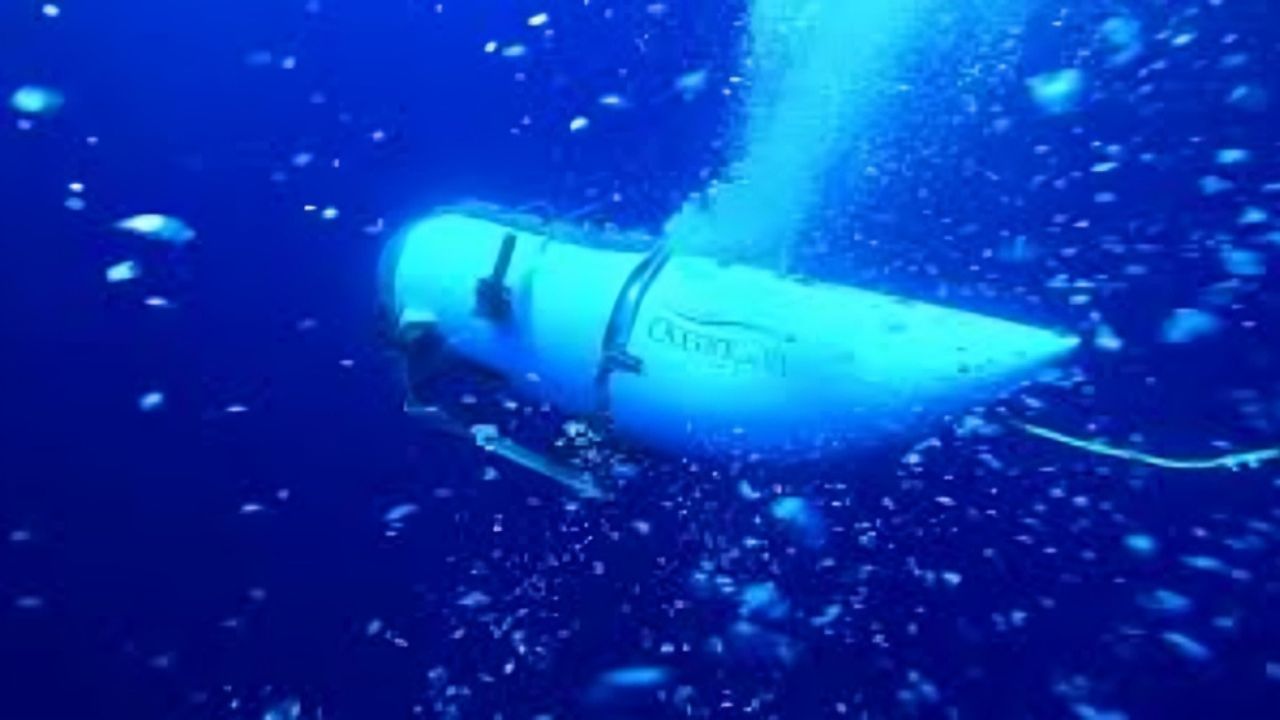The Titanic submarine, more formally known as the DSV Alvin, is a deep-sea submersible that played a crucial role in exploring the wreckage of the RMS Titanic. This iconic submarine has been a pioneer in deep-sea exploration, contributing significantly to our understanding of the ocean floor and its mysteries.
Named after the scientist Alvin Weinberg, the DSV Alvin was commissioned in 1964 by the U.S. Navy and operated by the Woods Hole Oceanographic Institution (WHOI). The submarine underwent several upgrades over the years, but it gained international fame for its involvement in the exploration of the Titanic wreck.
In 1985, the DSV Alvin made history by conducting the first manned expedition to the Titanic wreckage. The mission was a joint effort between the U.S. Navy, WHOI, and the French research institute IFREMER. Alvin was tasked with reaching depths of about 12,500 feet (3,800 meters) in the North Atlantic, where the Titanic sank in 1912.
The submarine’s compact design, measuring just 23 feet (7 meters) in length, 8 feet (2.4 meters) in height, and weighing around 16 tons, allowed it to navigate the challenging conditions of the deep-sea environment. Alvin’s unique personnel sphere, capable of accommodating a pilot and two observers, was made of titanium to withstand the immense pressure at such depths.
During the Titanic expedition, Alvin collected crucial data and images that provided unprecedented insights into the condition of the wreck and its surrounding ecosystem. The exploration revealed the extent of the Titanic’s deterioration and the marine life thriving in the deep-sea environment.
Over the years, the DSV Alvin continued to contribute to various scientific endeavors, exploring hydrothermal vents, deep-sea ecosystems, and geological formations. Its versatility and reliability made it an invaluable tool for marine researchers worldwide.
The submarine underwent a significant upgrade in the early 2010s, enhancing its capabilities and extending its operational life. These improvements included a new personnel sphere made of syntactic foam and carbon composite materials, providing increased safety and durability.
Despite being an essential asset to deep-sea exploration, the DSV Alvin faced challenges, including competition from more modern submersibles and the need for ongoing maintenance. However, its historical significance and the wealth of data it has contributed to marine science have solidified its place in the annals of oceanography.
In conclusion, the Titanic submarine, or DSV Alvin, has been a pioneering force in deep-sea exploration. Its historic mission to the Titanic wreck in 1985 marked a watershed moment in our understanding of the ocean’s depths. Over the years, Alvin has continued to play a crucial role in advancing marine science, contributing to discoveries that extend beyond the legendary Titanic expedition. As technology evolves, the legacy of the DSV Alvin endures, inspiring future generations of researchers to delve into the mysteries of the deep sea.



